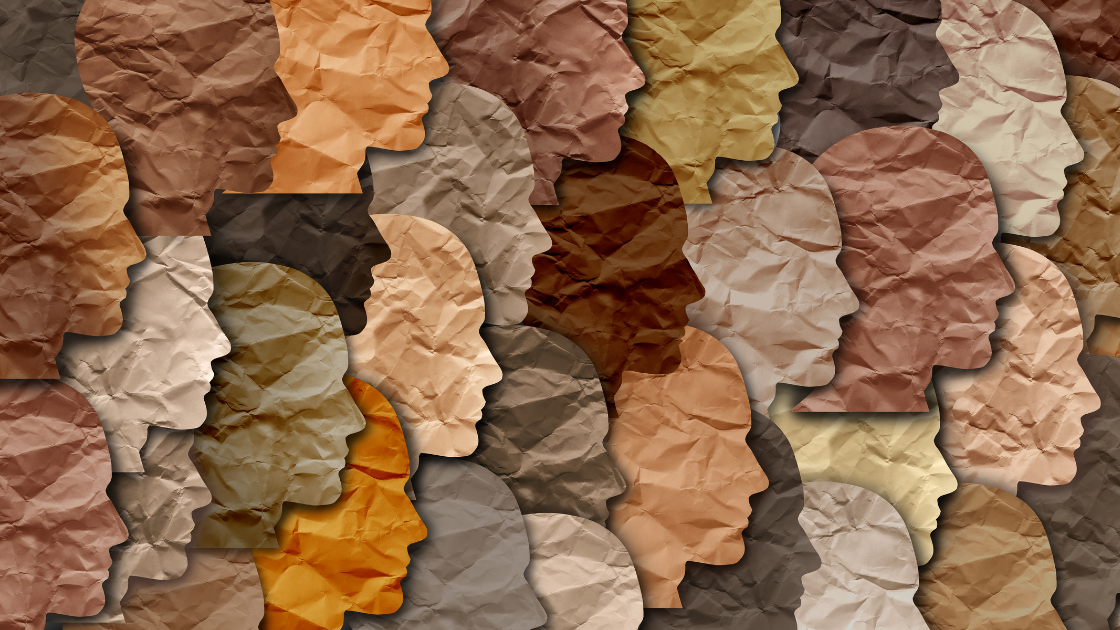Environmental justice

February is Black History Month — a time to celebrate achievements and contributions to U.S. history by Black Americans.
It’s also a good reminder to reflect on ongoing inequality in our society. Within the U.S., there are dominant socioeconomic forces that result in lower environmental quality for most communities of color, but especially Black communities, that place them at higher risk of devastation by natural disasters, all of which lead to poor health outcomes.
Communities of color face a variety of environmental impacts as a result of these forces. For example, toxic facilities like landfills and factories are frequently located within communities of color because decision makers know that these communities often do not have the resources and influence to oppose them.
Investments that would help improve environmental quality — such as green spaces and bike lanes — often backfire, leading to gentrification. Residents of color who can no longer afford to live in their home are then displaced to other neighborhoods where toxic facilities already exist. Ultimately, these cyclical events lead to higher pollution levels in the air and water, fewer trees to clean the air, reduced access to healthy food and more challenges in Black communities.
These environmental impacts have serious implications for health outcomes. According to researchers, poor air quality creates a higher risk of getting cancer, asthma, heart disease, cognitive problems and a whole host of other conditions. It also can exacerbate existing conditions. These outcomes are considerably higher for communities of color. According to the Princeton Student Climate Initiative (PSCI), 13.4% of African American children suffer from asthma, compared to only 7.3% of white children.
The PSCI defines environmental justice as “a social justice movement that seeks to dismantle the flawed environmental policies that have long harmed low-income communities and communities of color, and instead pursue policy and development that work to create a sustainable, cooperative, and equitable future for the environment.”
The NAACP and numerous other organizations are working to flip the script and create sustainable investment that brings environmental justice and health to communities of color. The NAACP Environmental and Climate Justice Program works to reduce harmful emissions, advance energy efficiency and clean energy sources (such as wind and solar), strengthen community resilience to natural disasters, and create more livable neighborhoods. See more at the website, including an introductory video and reports and toolkits.
